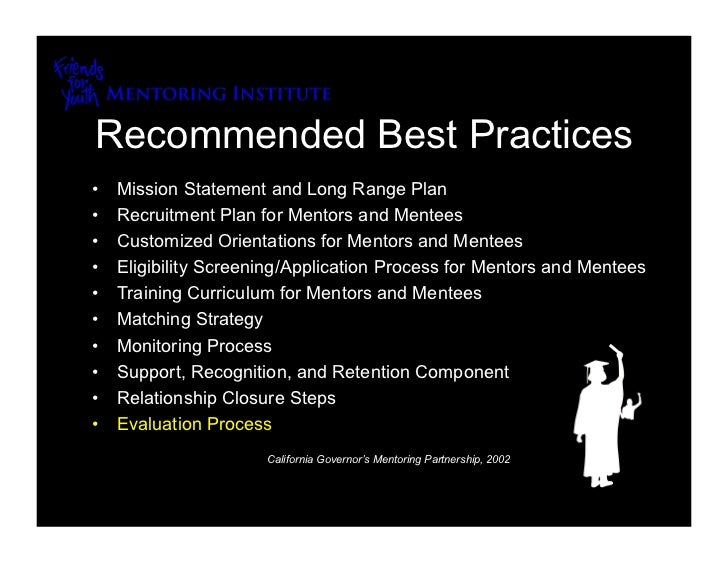
Evaluating School Health Programs And Mission Statements Examples
Introduction'What is very clear, is that education and health for children are inextricably entwined. A student who is not healthy, who suffers from an undetected vision or hearing deficit, or who is hungry, or who is impaired by drugs or alcohol, is not a student who will profit optimally from the educational process. Likewise, an individual who has not been provided assistance in the shaping of healthy attitudes, beliefs and habits early in life, will be more likely to suffer the consequences of reduced productivity in later years.' Michael McGinnis, DirectorDisease Prevention and Health PromotionU.S. Public Health ServiceSchool can be one of the primary sites through which children and youth learn about the factors that influence their health.
Nursing Program Mission Statement
It also can be the site that provides or coordinates some or all of the needed health care services. It has been said that youth are one-third of our population and all of our future.
As such, their care and nurture within the school setting is of concern to the American School Health Association (ASHA).These guidelines address the eight separate components of the comprehensive school health program: school environment; health education; health services; physical education; counseling, guidance and mental health; school food and nutrition services; worksite health promotion; and integration of school and community health activities. Developed by the American School Health Association, the guidelines provide an operational set of practices and outcomes that may serve local school districts as the basis for developing needs assessment tools, defining staff development needs, improving program planning and evaluating the efficacy of local comprehensive school health programs. The guidelines are descriptive rather than prescriptive. They will be re-examined periodically by the ASHA Board of Directors and updated as appropriate.—Rosemary K.
GerransPast PresidentAmerican School Health Association. Comprehensive School Health ProgramThe health and well-being of children and youth must be a fundamental value of society. Urgent health and social problems have underscored the need for collaboration among families, schools, agencies, communities and governments in taking a comprehensive approach to school-based health promotion.Health scientists have established that 50 percent of premature illness, injury and death is due to an unhealthy lifestyle. Promote positive health and safety behaviors.Attainment of these goals requires an integrated approach that coordinates multiple programs and provides multiple strategies. Work teams in collaboration with a coordinating council should involve families, students and community members in the program planning process.

Further, professional staff development is necessary to effectively address specific health-related issues. A comprehensive school health program focuses on priority behaviors that contribute to the health, safety and well-being of students, staff and families, while assuring a supportive and health environment that nurtures academic growth and development. The successful implementation of this comprehensive approach necessitates leadership from health and education agencies and elected and appointed officials, adequate funding, trained personnel, administrative support, appropriate policy, quantitative and qualitative evaluation, legislation and regulations.